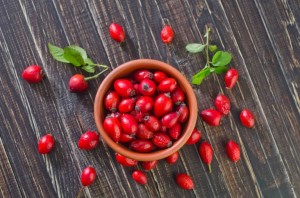 Maybe you have heard the rumours that our fresh fruits and vegetables do not have the vitamin C they reportedly have. What? Oranges without vitamin C? In one study the oranges sampled were found to have no vitamin C at all. Vitamin C is a bit of a sensitive vitamin and may be susceptible to loss over time as food is in transport or ripening off the tree. We cannot know for sure how much vitamin C is in any of our produce, all we can do is buy the healthiest looking fruits and eat them as freshly as we can. If you live somewhere oranges or lemons are grown, lucky you. We can grow lemons here but not in my backyard, yet.
Maybe you have heard the rumours that our fresh fruits and vegetables do not have the vitamin C they reportedly have. What? Oranges without vitamin C? In one study the oranges sampled were found to have no vitamin C at all. Vitamin C is a bit of a sensitive vitamin and may be susceptible to loss over time as food is in transport or ripening off the tree. We cannot know for sure how much vitamin C is in any of our produce, all we can do is buy the healthiest looking fruits and eat them as freshly as we can. If you live somewhere oranges or lemons are grown, lucky you. We can grow lemons here but not in my backyard, yet.
There are many fruits and vegetables with more vitamin C than oranges. Most of the comparisons are done by weight, making things impractical for greens and herbs. Peppers all have more C than oranges. Most brassicas do too. Brassicas are a the family of vegetables containing cabbages, kale, collards, broccoli and cauliflower. Some people have issues digesting peppers or brassicas but if you are good to go then these are great options for vitamin C. Broccoli in particular loses its vitamin C very quickly after picking so depending on the freshness of the produce and time of year, there may be better choices. I can get local brassicas almost all year and they are nutrient dense beyond the C including other antioxidants and of course sulforaphane. Papayas are also a good source. There are two wild sources of vitamin C and one superfood source that I would love to share with you.
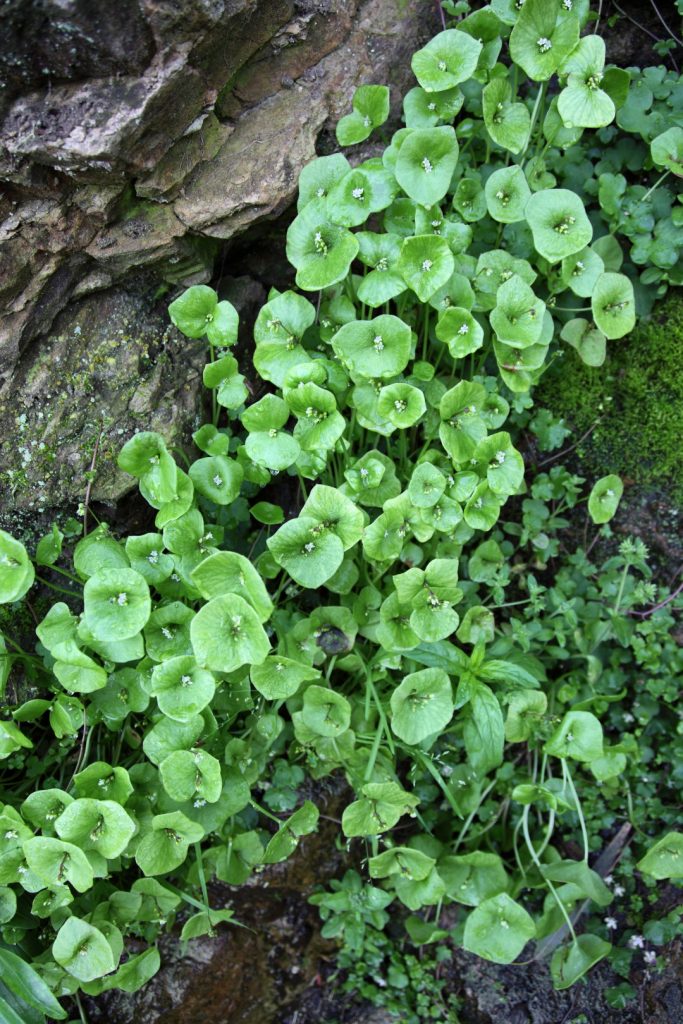
Rosehips are a great source of vitamin C. In fact some rosehips have 38 times the vitamin C of oranges by weight. This would mean that a rosehip could have about the same amount of C as an orange on average. Rosehips can be an acquired taste. I like to chew them while I walk around in the forest but I don’t eat the tough bits or the inner seeds. I find rosehip powder a little easier to incorporate into my regular diet through smoothies and raw “baking”. You can make your own rosehip powder by drying wild rosehips and then powdering them in a grinder, mortar and pestle or good old dry high speed blender. If you have a freeze drier all the better. Rose hips tend to taste better when picked later in the fall so they have had a chance to freeze but not be waterlogged if possible.
Wild greens including dandelion are excellent sources of vitamin C as well. While not as high in C as the mustard and brassica families (very closely related), dandelion greens are still a good source of vitamin C and I feel safe recommending them to people because as long as they are harvested from a safe and clean location they are pretty easy to identify and they are definitely not endangered… You can differentiate dandelion from its lookalikes through its jagged leaves that are not fuzzy and not bumpy or lobed and its hollow stalk with a single flower. Of course dandelion is also available in some specialty stores when in season and maybe in your neighborhood growing outside too. Do you have dandelion greens accessible to you? If you would like to see mustard greens which are an even higher source of vitamin C than the dandelions you can check out this video where I show you what to look for.
Finally sometimes when I am looking for a lot of vitamin C and a little bit of convenience I  like to use Camu Camu dried berries or powder. Camu Camu is of course a great source of vitamin C, can be combined with other fruit powders to make tasty elixirs and is also a decent source of calcium and potassium. One teaspoon of Camu Camu has apparently up to 60 times more C than an orange. That’s a lot! Camu Camu is also a surprisingly good source of amino acids. If you can find frozen berries, flash frozen shortly after picking, those will have the best preserved antioxidants including the vitamin C.
like to use Camu Camu dried berries or powder. Camu Camu is of course a great source of vitamin C, can be combined with other fruit powders to make tasty elixirs and is also a decent source of calcium and potassium. One teaspoon of Camu Camu has apparently up to 60 times more C than an orange. That’s a lot! Camu Camu is also a surprisingly good source of amino acids. If you can find frozen berries, flash frozen shortly after picking, those will have the best preserved antioxidants including the vitamin C.
Vitamin C is depleted by stress and as an antioxidant it is used to combat oxidative stress in the body. Many recommendations for amounts of C required for our immune systems, bone health and cartilage repair are just not enough for our modern stresses we face on a daily basis. Many of the studies done on the efficacy of vitamin C supplements on the immune system and health have, in my opinion, just not been done with enough vitamin C to actually make a dent. And the ones with success are done with much more vitamin C than the RDA suggests.
I would like to finish this article with a testimonial from… MY MOTHER who finally decided to hit a terrible cold she was having with some vitamin C. She let it go a bit far before she consented to try this renegade supplementation strategy and didn’t notice too much with her cold. She did however notice a significant reduction in her joint pain for a knee and hip that have been bothering her literally for decades. She has tried many many conventional and unconventional treatments for the knee over the years but it was not until she started a fairly high dose of vitamin C that she noticed a difference. The importance of vitamin C for bone and cartilage health is so often overlooked I couldn’t be happier for her having a reduction in pain.
You can watch this weeks’ video Immune System Health Part 1 for more information on this vitamin and the role it plays. Enjoy your vitamin C and I will see you in the comments below.
*Update I now make liposomal C for my mom and myself, especially in this time of social distancing and immune focus we are both enjoying taking that at home.
Read more
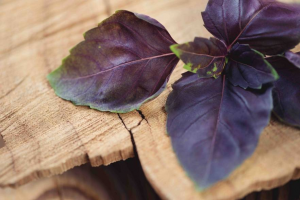 This recipe is loaded with immune boosting nutrients from the red bell pepper, purple kale, brazil nuts and lemon. There is also the added support of the antibacterial elements in the basil and garlic, used for millennia in herbal medicine for bacteria modulating. To top this off if you can get your hands on an unpasteurized miso and use it here you will be adding beneficial bacteria to your delicious and colourful meal. Better yet make your own miso, it’ll be done next year! Seriously I love making pestos, they have everything we could need for a great dip or sauce, garlic, herbs, lemon. Customize it to what you have on hand. I love this one!
This recipe is loaded with immune boosting nutrients from the red bell pepper, purple kale, brazil nuts and lemon. There is also the added support of the antibacterial elements in the basil and garlic, used for millennia in herbal medicine for bacteria modulating. To top this off if you can get your hands on an unpasteurized miso and use it here you will be adding beneficial bacteria to your delicious and colourful meal. Better yet make your own miso, it’ll be done next year! Seriously I love making pestos, they have everything we could need for a great dip or sauce, garlic, herbs, lemon. Customize it to what you have on hand. I love this one!

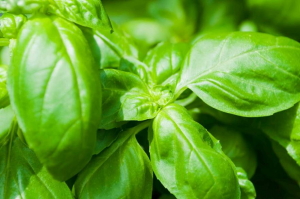
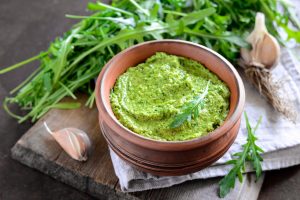 traditions as an anti-parasitic, antiseptic, anti-inflammatory, antibiotic, decongestant and expectorant. I like to call this parasite modulating, microbial modulating, inflammation modulating. In Western practices garlic was one of the primary ingredients in the “four theives vinegar” when in the legends it enabled four thieves to raid bodies during the plague without contracting the disease themselves. I would like to point out that the plague referenced is the Bubonic plague which was spread through insect bites from rats containing certain bacteria. The plague is often referenced as an example of garlic’s antiviral activity and while each of the four thieves’ ingredients may have antiviral properties this specific plague is not evidence of that. Feels good to get that off my chest.
traditions as an anti-parasitic, antiseptic, anti-inflammatory, antibiotic, decongestant and expectorant. I like to call this parasite modulating, microbial modulating, inflammation modulating. In Western practices garlic was one of the primary ingredients in the “four theives vinegar” when in the legends it enabled four thieves to raid bodies during the plague without contracting the disease themselves. I would like to point out that the plague referenced is the Bubonic plague which was spread through insect bites from rats containing certain bacteria. The plague is often referenced as an example of garlic’s antiviral activity and while each of the four thieves’ ingredients may have antiviral properties this specific plague is not evidence of that. Feels good to get that off my chest.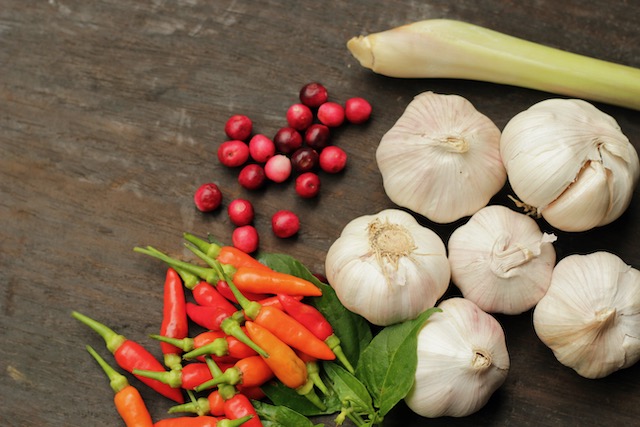
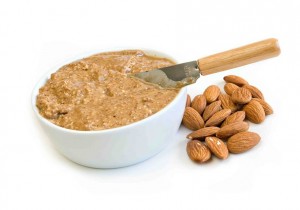
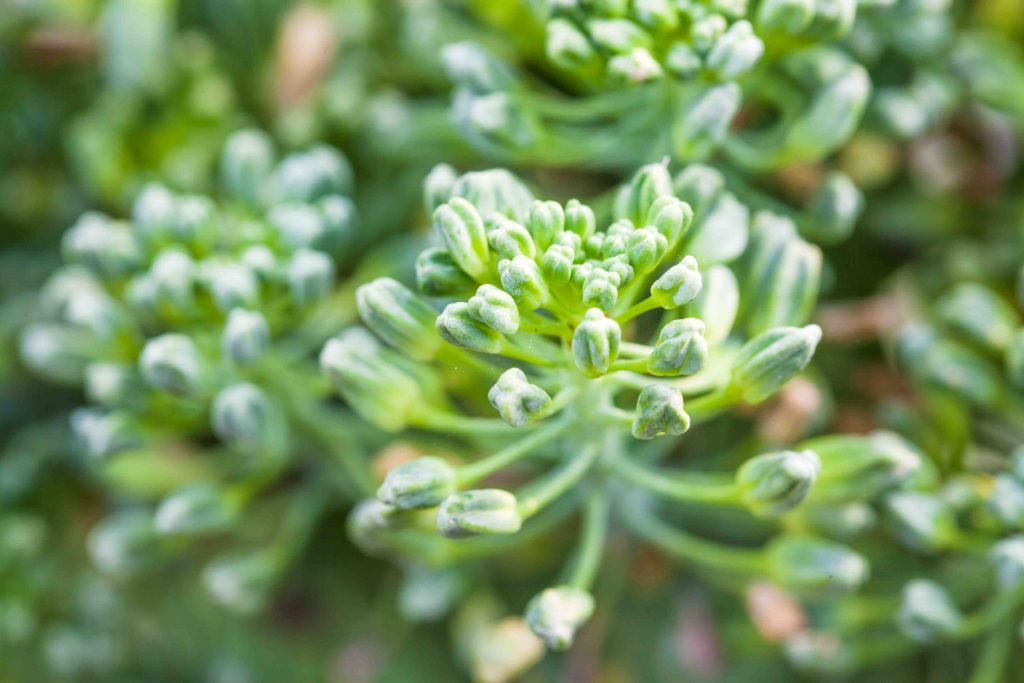
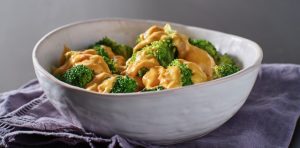


 like to use Camu Camu dried berries or powder. Camu Camu is of course a great source of vitamin C, can be combined with other fruit powders to make tasty elixirs and is also a decent source of calcium and potassium. One teaspoon of Camu Camu has apparently up to 60 times more C than an orange. That’s a lot! Camu Camu is also a surprisingly good source of amino acids. If you can find frozen berries, flash frozen shortly after picking, those will have the best preserved antioxidants including the vitamin C.
like to use Camu Camu dried berries or powder. Camu Camu is of course a great source of vitamin C, can be combined with other fruit powders to make tasty elixirs and is also a decent source of calcium and potassium. One teaspoon of Camu Camu has apparently up to 60 times more C than an orange. That’s a lot! Camu Camu is also a surprisingly good source of amino acids. If you can find frozen berries, flash frozen shortly after picking, those will have the best preserved antioxidants including the vitamin C.



